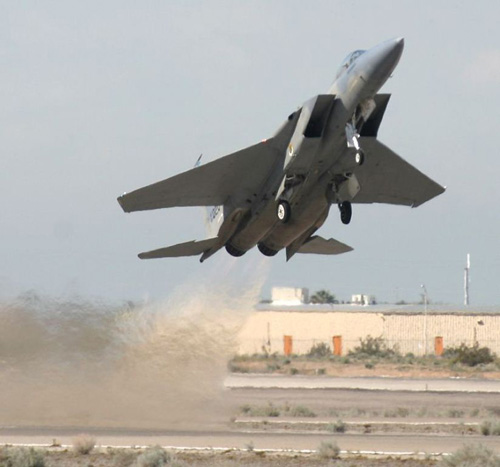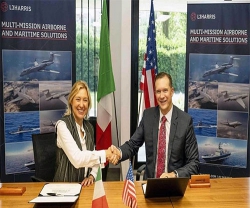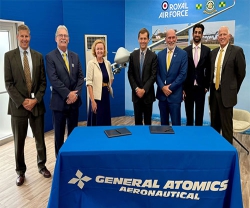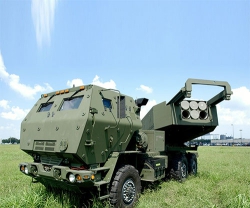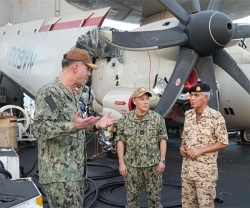Global Aerospace and Defense (A&D) sector revenues grew by 2.4% to hit $674.4 billion in 2016, slightly above the estimated global domestic product (GDP) growth of 2.3%, according to a recent study by Deloitte, a leading provider of professional services.
The top 100 companies analyzed added $15.7 billion in revenues, with growth primarily driven by the European commercial and US defense subsectors, the company stated in its report entitled “Global Aerospace and Defense Sector Financial Performance study 2017.”
In terms of incremental revenue growth by segment, the original equipment manufacturers (OEMs) and electronics segments were the top contributors, adding $3.4 billion and $3.7 billion respectively.
For the commercial aerospace subsector, aircraft deliveries were strong in Europe (8.3% increase), whereas the US experienced a marginal decline of 1.8%. Although commercial aircraft deliveries dropped slightly in the US, the industry still set a record high of 1,436 aircraft delivered globally.
The global defense subsector continued to recover as defense spending increased. Following a recovery starting in 2015, revenue in 2016 grew by 2.1% to $351.3 billion.
The US defense subsector declined 2.2 and 0.9% in 2014 and 2015. This has been primarily driven by the drawdown of large armed forces engaged in operations in the Middle East and continued decline in funding outlays by the US Department of Defence, the largest subsector customer.
“Across the globe, and especially in the US, we have seen an increase in military spending which has led to another strong year for the defense sector,” said Rashid Bashir, Partner and Public Sector Leader at Deloitte, Middle East.
New to the study is the analysis of the ‘Letters to Shareholders’ in the annual reports of the top 20 A&D companies. The following five key themes highlight what these companies are focusing on and communicating to their shareholders:
- Invest in creating and developing aerospace products that maintain margin and create a foundation for future in the face of challenging competition.
- Achieve long-term operational performance by managing cash, improving processes, and through more effective program transformations.
- Secure capital to create custom product (including aircrafts and engines) improvements which can lead to growth in deliveries and larger returns.
- Enhance innovation capabilities through alliances or acquisitions, as well as employing the best talent.
- Support continued business growth through investing in new services, focusing on new customers and markets as well as on contracts and technologies.
“A sharp focus on customers, new product and service innovations, business growth in strategic markets, and technology, reflect the strategic priorities of the industry in 2017 and beyond,” stated Bashir.
“We expect continued growth in the defense sector as countries invest in more technologies to counter ongoing security threats and we also expect to see strong commercial aircraft orders at the airshow, further strengthening the order backlog,” he added.

